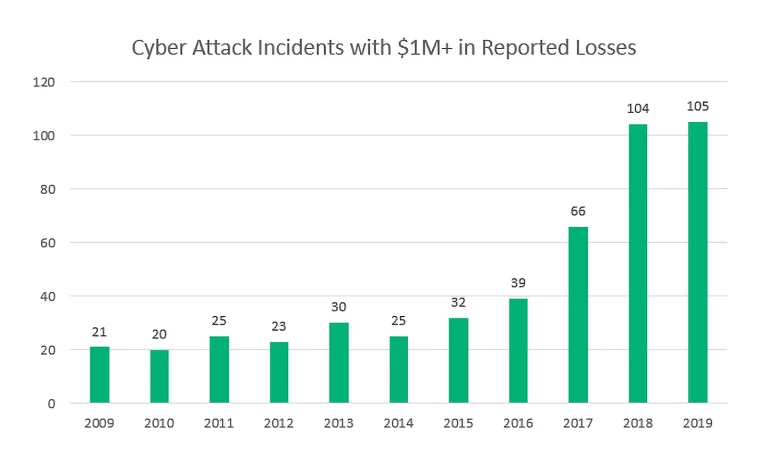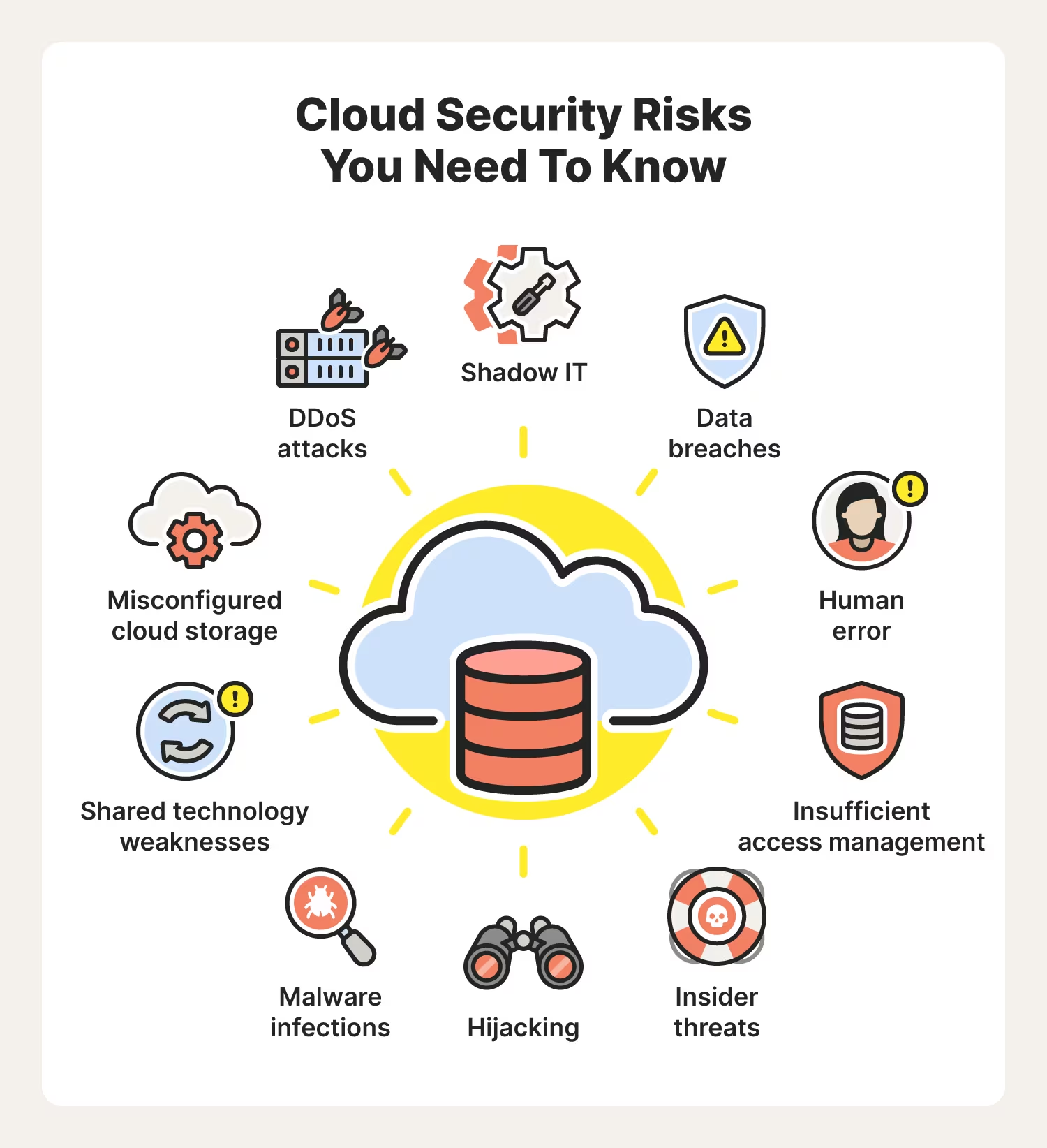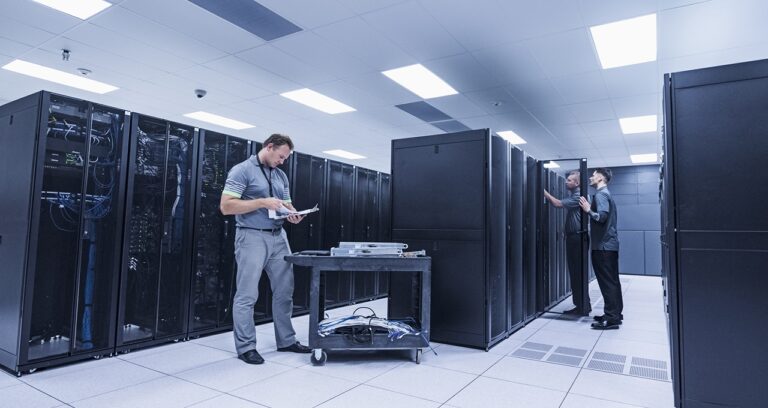How to Ensure a Positive ROI with Your IT Infrastructure Investment
When investing in your IT Infrastructure, you obviously want to make sure that you get a positive return on investment (ROI). Working out if your investment will pan out that way can be tricky, as there are, of course, so many variables and uncertainties to take into account. But with the right kind of planning and benefit-risk analysis, you can certainly get a reliable idea of whether your IT infrastructure investments will make sense in the long run.
Take Stock
The first step in calculating your ROI should involve evaluating your current situation – where your business is at, what employees are frustrated about, and what desired features are missing.
But all of this is only possible if you survey your existing IT infrastructure and expenditure. It may be tempting when carrying out this analysis to have a knee-jerk reaction to invest in more and more equipment, but you should hold off on any serious buying decisions for a while.
This ‘IT health check’, as we call it, can be used as the foundation to build on, ensuring your strategy is lean on costs and enhances staff productivity. Every aspect of your firm’s needs has to be taken into account, including physical hardware, software, managed support, cybersecurity, and telecommunications. You need a full understanding of each area’s strengths and weaknesses.
A comprehensive IT audit can help decision-makers get the most out of their spending on IT infrastructure.
Make IT Infrastructure Investments a Board-Level Priority
Another crucial way to work out the ROI on your IT infrastructure spending is to simply bring the subject into the boardroom.
It’s no secret that in the past, tech and overall cybersecurity have been separated from the rest of many enterprises’ ‘money chats’ at the board level. Yet over the past couple of years, the situation has changed – many more SMEs and larger blue chip organizations are including all-things IT in their wider commercial planning.
If your organization still struggles to make IT investments a board-level priority, then it may be that senior decision-makers aren’t fully aware of the impact of IT infrastructure. Cyber health and productivity depend upon this infrastructure, and if it’s not up to scratch, then a business can suffer financially in all sorts of ways – through data breaches, human error, downtime, and inefficiency. Once leaders in the boardroom understand these implications, spending on IT infrastructure will naturally become a top priority.
Recognize the Unforeseen Costs
While a broken laptop or expired cybersecurity program is a clearly ‘visible’ cost, there are many more ‘hidden’ and unpredictable expenses which IT support can protect your organization from. And this is a vital consideration during your ROI-calculation process.
From pandemics and power outages to data breaches and natural disasters, there are many scenarios that can incur large costs to your company, not only financially but in terms of your reputation and data security as well.
Worst-case scenarios are difficult to predict, but you should still at least have a contingency plan in place that will allow you to deal with them in a calm and orderly fashion. In fact, being mindful of these scenarios is the responsibility of any managed IT support provider worth their salt, enabling your in-house tech teams to focus on their daily tasks without any tech-related distractions.
Avoid ‘Shiny Object Syndrome’
It’s important to remember that ‘robust’ IT infrastructure doesn’t necessarily mean having the latest, most advanced tech, and as much of it as possible. This mentality is known as ‘shiny object syndrome’, where you focus all your attention on whatever is new and trendy, without considering whether you actually need the tech in question.
There is never a non-size-fits-all solution when it comes to IT infrastructure. The equipment you need could be completely different from what another company requires. There are many cases in which the latest tech or an abundance of new equipment just won’t be worth the cost.
You should make sure that whatever tech you invest in can easily meet your business and security needs, and avoid the temptation to have the most cutting-edge and impressive tech just for the sake of it.
How to Calculate ROI on Your Technology Investments
To ensure a positive ROI with your IT infrastructure investments, you need to understand the business areas that will be impacted by technology. For example, enterprise resource planning (ERP) systems will affect most core business functions, such as finance, supply chain, manufacturing, etc, whereas customer relationship management (CRM) platforms will mostly impact sales and marketing.
Next, you need to identify the effect any technology will have on business outcomes. For instance, a CRM solution can reduce the cost of sales by improving sales function efficiency, which will, in turn, improve your company’s bottom line.
After these calculations, you should finalize the investment that will be incurred through the course of implementing the technology in question. Typical major cost heads are implementation cost, training cost, license, and maintenance expenses.
The final step is then to actually calculate the ROI, indicating the profitability of the proposed technology investment. However, you can also use the internal rate of return (IRR) and payback period as a couple of other capital budgeting metrics to justify IT infrastructure investments.
Cyberlocke is a comprehensive, full-service IT services provider that architects and implements efficient and secure solutions for enterprise customers and their data centers. We specialize in security, cloud, managed services, and infrastructure consulting. Contact Us today to learn more.


